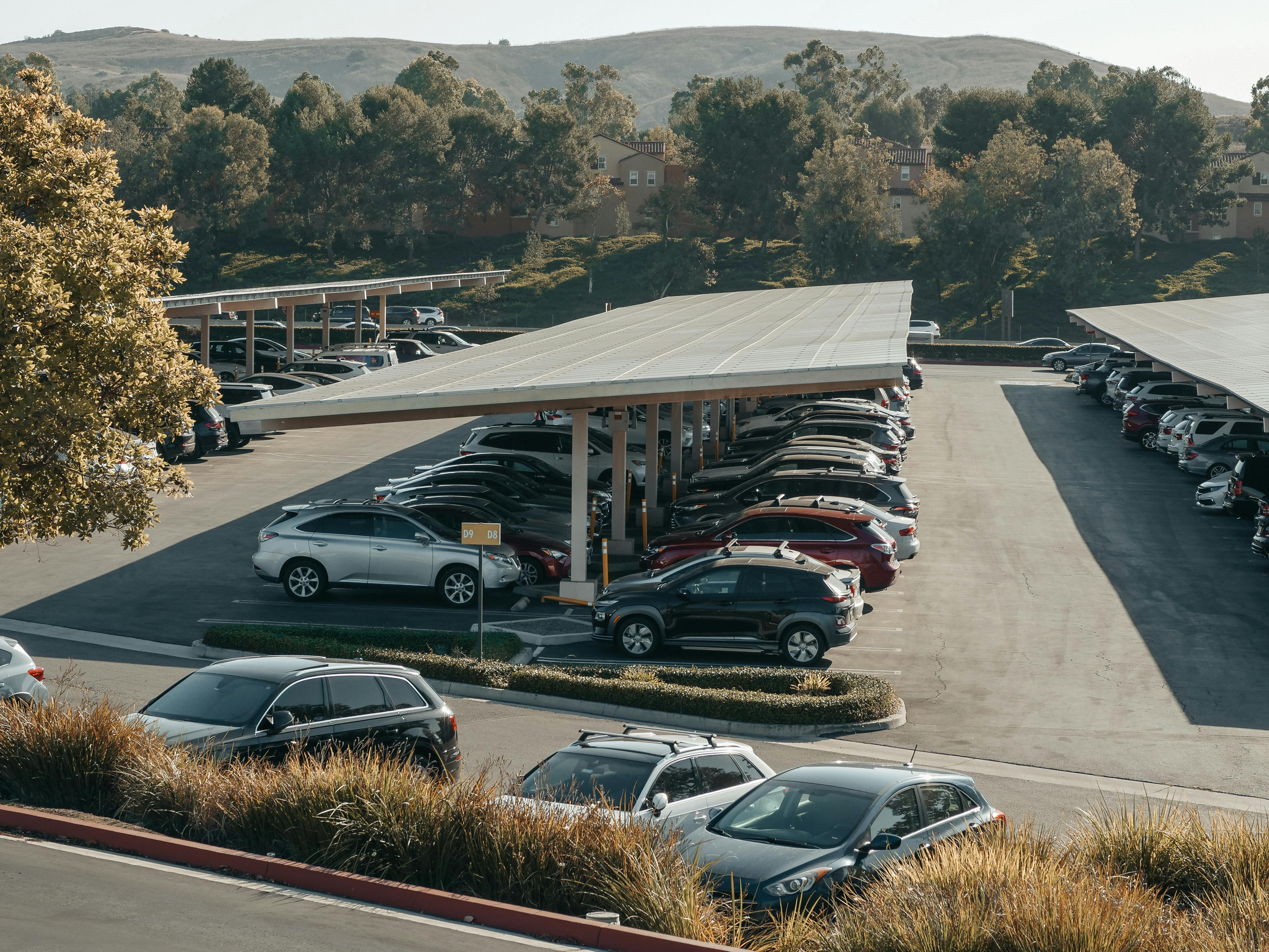Imagine a world were charging your electric vehicle (EV) is as simple and convenient as refueling your gas-powered car. No more range anxiety, no more hunting for a compatible charging station, just a seamless and effortless experience. Sounds like a dream, right? Well, this is the utopian vision for the future of EV charging.
However, recent forecasts highlight the reality we face. Gartner predicts that by the end of 2025, a staggering 85 million EVs will be on the road globally, representing a 33% increase from 2024. This surge in EV adoption will undoubtedly put immense pressure on the existing charging infrastructure, which is already struggling to keep up.
So, where do the challenges lie?
- Charging Availability: A major concern for both potential and current EV owners is the limited availability of charging stations. Finding a charging station can be a chore, especially on long journeys.
- Charging Speed: Unlike refueling a gas-powered car, which takes mere minutes, charging an EV can take significantly longer, particularly with Level 2 AC chargers.
- Complex Customer Journey: The EV charging experience is currently fragmented and complex. Multiple charging networks, payment systems, and apps make the process cumbersome.
- Cost: The cost of installing and maintaining EV charging infrastructure is high, impacting the profitability of charging operators.

The reasons behind these problems are multifaceted:
- Nascent Industry: EV charging is a relatively new industry, still in its early stages of development. As a result, standardization, collaboration, and a customer-centric approach are lagging.
- Siloed Approach: Stakeholders across the automotive, power, and charging infrastructure value chains often operate independently, hindering seamless integration.
- Limited Investment: While investments in EV charging are increasing, they are still insufficient to meet the rapidly growing demand, especially for high-capacity fast chargers.
However, by addressing these challenges head-on, the utopian vision for EV charging can be realized.
How can we overcome these challenges and transform the EV charging experience? Here are some potential solutions:


The future of EV charging hinges on a fundamental shift in mindset – from opportunistic fueling to planned and regular charging. This transition requires a collective effort from all stakeholders, driven by a shared vision of a sustainable and convenient mobility ecosystem.
What are your thoughts on the future of EV charging? Share your perspectives and ideas in the comments below!
Sources:
- Gartner Forecasts 85 Million Electric Vehicles Will Be on the Road by End of 2025, October, 2024
- Exploring consumer sentiment on electric vehicle charging, (Mckinsey) January 2024
- How proactive charging strategy drives EV transition success, (EY)
- Electric vehicles and the charging infrastructure: a new mindset, (PwC), Nov 2024
We offer a range of marketing and branding services, led by top professionals who have decades of experience. To know more about how we can take your organization to a higher orbit, visit Our Services Page or drop in an email to connect.
